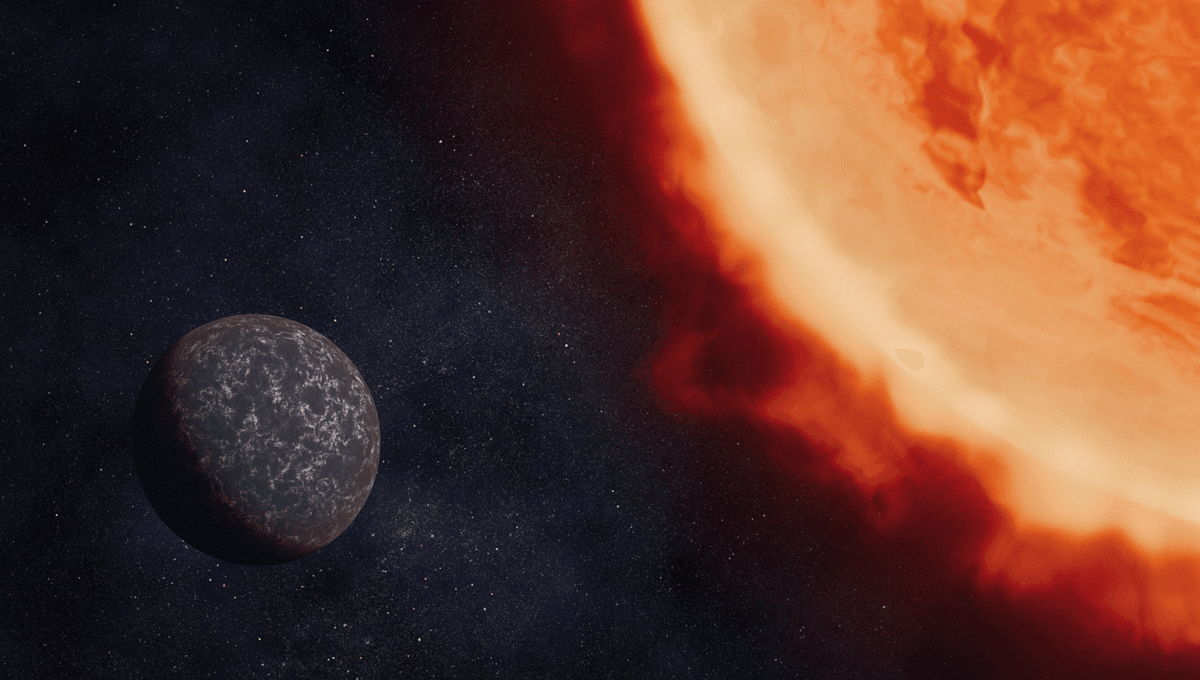
Tidal locking is such a common phenomenon in the universe that we only need to look at the Moon to notice it. Our satellite only shows us its near side face as its rotation on its axis and revolution around the Earth are synchronized. Planets too can get in this state of behavior if they orbit their star too closely – and researchers believe they have confirmed the first super-Earth tidally locked to its star.
The planet is known as LHS 3844b but it is also called Kua’kua, the word for butterfly in the language spoken by the Bribri people – an Indigenous people located in Costa Rica. In the NameExoWorld project, the star was named Batsũ̀ and Kua’kua orbits it in slightly less than 12 hours.
Unlike the Moon, whose far side gets sunlight every month, Kua’kua is believed to have one hemisphere always in daylight and one always in nighttime. But proving this for Kua’kua, or other similarly positioned planets, is easier said than done.
One possibility they consider is surface heating. If the planet was rotating, the tidal forces exerted by the star at such proximity would cause the planet to be hot. Instead, observations from Spitzer were modeled to understand the surface temperature of the planet and it appears to be cool.
Kua’kua would be much hotter if the planet orbited like Mercury, in a 3:2 resonance between the spin and the orbit – every two orbits of Mercury around the Sun, it spins on its axis three times. While the researchers are not 100 percent sure that it is tidally locked, the most likely hypothesis is that they are seeing a super-Earth that is tidally locked.
“This thing that has been theoretical now feels real. This is actually what these planets look like,” Nicolas Cowan, an astronomer at McGill University in Montreal, Canada, and a co-author of the study, told Nature.
An important assumption is that the world, which is about 2.3 times the volume of Earth, has no atmosphere – which is uncertain as it might have a very thin one. The modeled observations could indicate that another planet is present, creating modest tidal heating, burnishing the surface, or the color of the planet is exclusively from space weathering like other bodies in the Solar System.
“Our results thus suggest that LHS 3844b is a potential exoplanet analog to the Moon and Mercury in our own solar system, with a similarly darkened and space-weathered surface. Future observations will be able to test and refine this interpretation in a number of ways,” the authors wrote in the paper.
The planet is already a target with telescopes such as JWST and others that would provide more insight into this work.
The paper is published in The Astrophysical Journal.
[H/T: Nature]
Source Link: This Is The First Super-Earth That Has A Permanent Dark Side